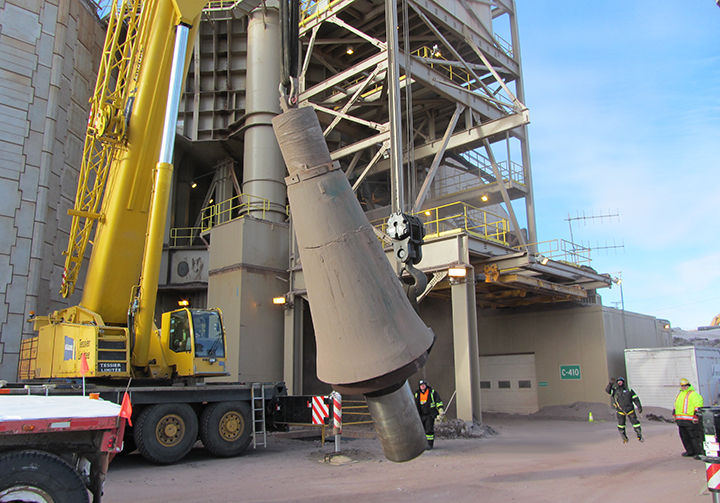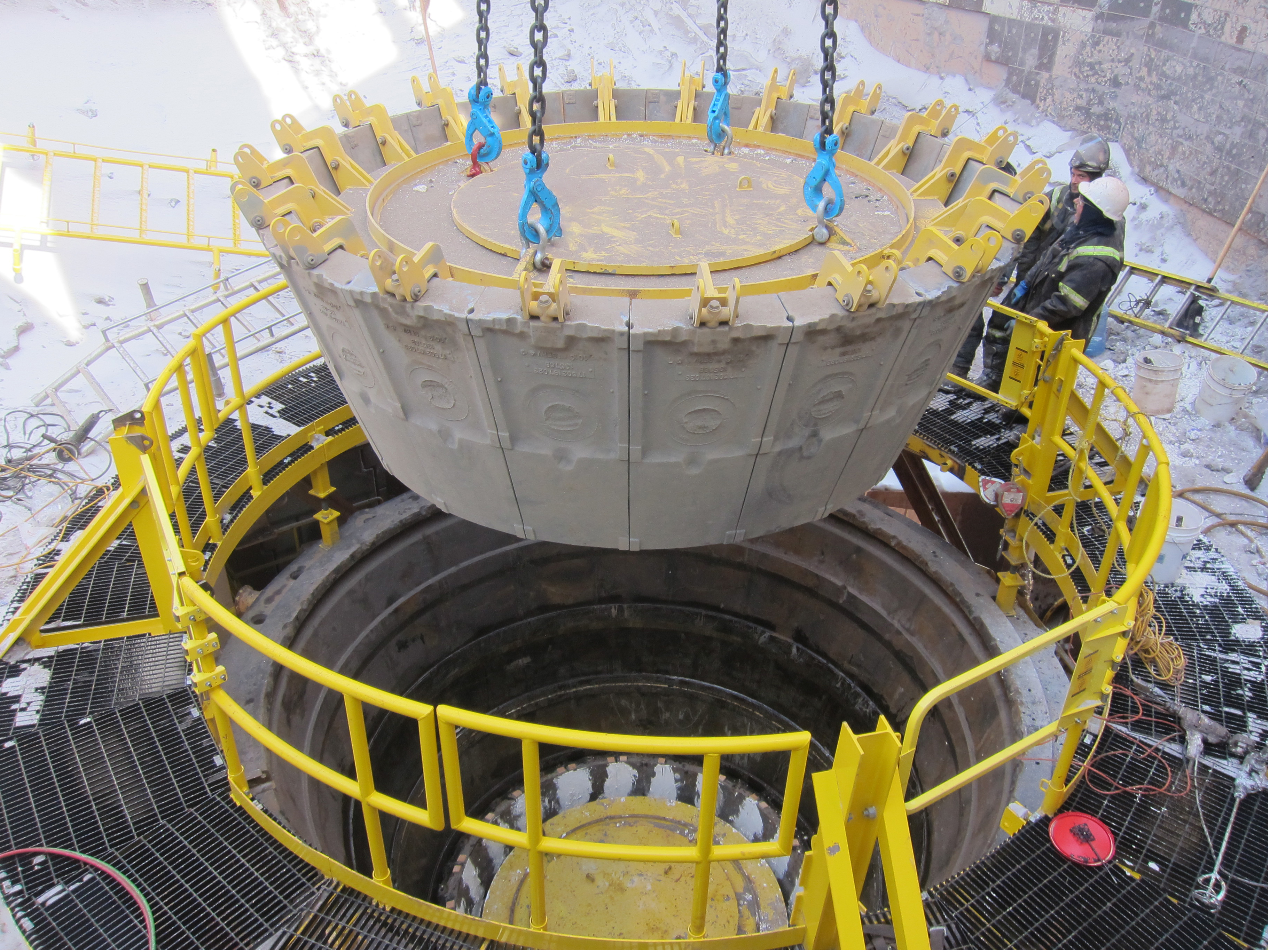Located in northern Quebec near the border of Labrador in Canada, the Bloom Lake mine deposits were first discovered in the 1950’s. In 2010, production began at the open pit mine site by Consolidated Thompson who was later acquired by producer Cliffs Natural Resources. The ore at Bloom Lake contained extremely low levels of contaminants such as aluminum oxide, phosphorous & sulphur. Low contaminant levels allow blast furnaces to operate at much higher efficiencies, making the ore more attractive on the market. At its peak, the Bloom Lake mine was producing nearly 7 million metric tonnes or iron ore, with the total deposit estimated at close to 580 million metric tonnes of proven reserves.
The challenge at Bloom Lake: Harsh Canadian winters
With its remote northern location, the mine site at Bloom Lake faced the challenges of conducting equipment maintenance under harsh freezing conditions. Temperatures in the region can swing from summer highs of 28 degrees Celsius to -40 degrees Celsius in the deepest parts of winter, with snowfalls reaching 445 cm. The mine’s equipment process setup included primary crushers, grinding mills, a screening step, spiral classification followed by filter dewatering, all requiring a maintenance plan to ensure maximum uptime.
For their primary crushing needs, two large Metso gyratory crushers were used (Metso models 60 x 89 MK II), installed on customized steel structures to facilitate the equipment’s accessibility. The machines required multiple wear part changes per year, requiring highly trained crews and considerable site coordination to execute. With the constant focus on reducing downtime, the mine contacted Metso to see what solution could be offered to improve their shutdown times without compromising safety.


